Name Christopher Newport Role Seaman | ||
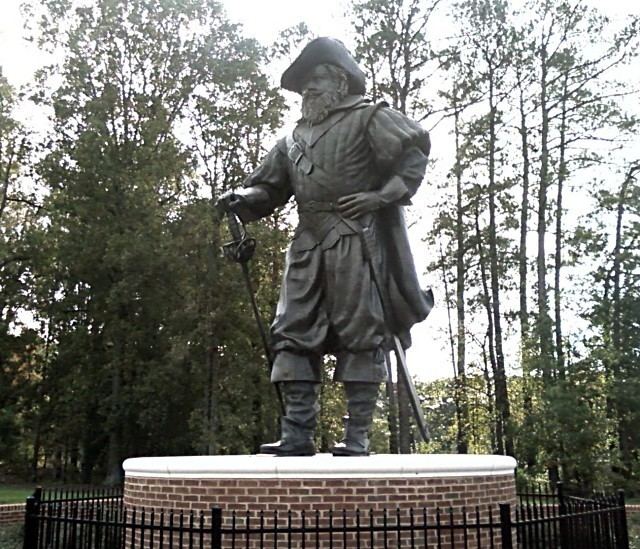 | ||
Similar People Pocahontas, Christopher Plummer, Paul S Trible - Jr, Terrence Malick, Toby Emmerich | ||
Glozell s stand up born this way by lady gaga at christopher newport university by glozell
Christopher Newport (1561–1617) was an English seaman and privateer. He is best known as the captain of the Susan Constant, the largest of three ships which carried settlers for the Virginia Company in 1607 on the way to found the settlement at Jamestown in the Virginia Colony, which became the first permanent English settlement in North America. He was also in overall command of the other two ships on that initial voyage, in order of their size, the Godspeed and the Discovery.
Contents
- Glozell s stand up born this way by lady gaga at christopher newport university by glozell
- Christopher newport
- Early life
- Privateer
- Jamestown
- First and Second Supply missions
- Third Supply ill fated Sea Venture
- Later voyages death
- Legacy
- References

He made several voyages of supply between England and Jamestown; in 1609, he became Captain of the Virginia Company's new supply ship, Sea Venture, which met a hurricane during the Third Supply mission, and was shipwrecked on the archipelago of Bermuda. Christopher Newport University in Newport News, Virginia, was named in his honor.
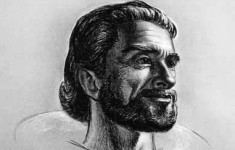
Christopher newport
Early life
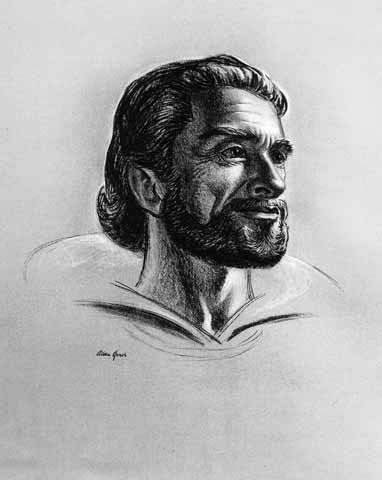
Christopher Newport was born in Limehouse, an important trading port on the River Thames in December 1561. He was the son of a shipmaster also named Christopher Newport who worked in the commercial shipping trade on the east coast of England. The maiden name of his mother Jane is unknown. Newport was christened at Harwich on 29 December. Newport went to sea in 1580, and he quickly rose to the rank of a master mariner and dealt with trade going into London. On 19 October 1584 he married Katherine Proctor in Harwich.
Privateer
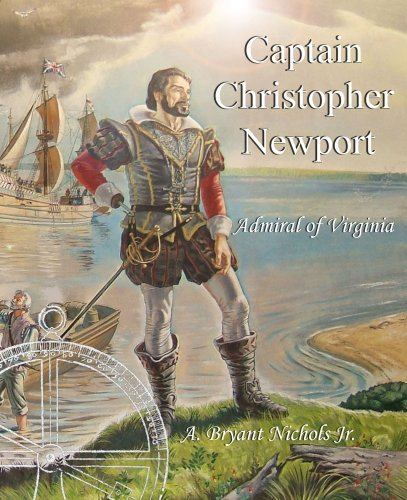
From 1585 following the outbreak of the Anglo–Spanish War, Newport worked as a privateer who raided Spanish freighters off and on in the Caribbean. Over the years he commanded a series of privateer ships, including the Little John, the Margaret, and the Golden Dragon. In 1590 on an expedition to the Caribbean financed and organised by famed London Merchant John Watts whilst capturing a Spanish galleon Newport lost an arm in the fight. Despite this for almost twenty years, Newport continued with the raids working with Watts again - in particular his successful expedition off Cuba in June and July 1591. In August 1592, he captured a Portuguese ship, the Madre de Deus, off the Azores, taking the greatest English plunder of the century. His ship returned to port in England carrying five hundred tons of spices, silks, gemstones, and other treasures. In his last mission of the war he raided Puerto Caballos in 1603, the spoils from all these missions were shared with London merchants who funded them. In 1605, after another mission to the Caribbean, he returned to England with two baby crocodiles and a wild boar to give as gifts to King James I who had a fascination with exotic animals.
Jamestown
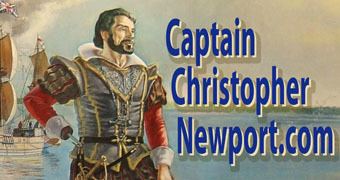
It was Newport's experience as well as his reputation which led to his hiring in 1606 by the Virginia Company of London. The company had been granted a proprietorship to establish a settlement in the Virginia Colony by King James I. Newport took charge of the ship Susan Constant, and on the 1606–1607 voyage, she carried 71 colonists, all male, one of whom was John Smith. As soon as land was in sight, sealed orders from the Virginia Company were opened which named Newport as a member of the governing Council of the Colony. On 29 April, Newport erected a cross at the mouth of the bay, at a place they named Cape Henry, to claim the land for the Crown. In the following days, the ships ventured inland upstream along the James River seeking a suitable location for their settlement as defined in their orders. Newport (accompanied by Smith) then explored the Powhatan Flu (River) up to Richmond (the Powhatan Flu would soon be called the James River), then a few weeks after arriving at Jamestown he was allowed to assume his seat on the council.
First and Second Supply missions
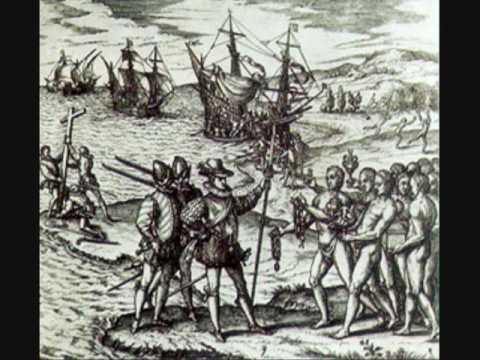
In June 1607, a week after the initial Fort at Jamestown was completed, Newport sailed back for London on the Susan Constant with a load of pyrite ("fools' gold") and other supposedly precious minerals, leaving behind 104 colonists, and the tiny Discovery for the use of the colonists. The Susan Constant, which had been a rental ship that had customarily been used as a freight transport, did not return to Virginia again. However, Newport did return twice from England with additional supplies in the following 18 months, leading what were termed the First and Second Supply missions. Despite original intentions to grow food and trade with the Native Americans, the barely surviving colonists became dependent upon the supply missions. Before the arrival of the First Supply, over half of the colonists perished in the winter of 1607–08.
The urgently needed First Supply mission arrived in Jamestown on 8 January 1608. The two ships under Newport's command were the John and Francis and the Phoenix. However, despite replenishing the supplies, the two ships also brought an additional 120 men, so with the survivors of the initial group, there were now 158 colonists, as recorded later by John Smith. Accordingly, Newport left again for England almost immediately, to make an additional trip and bring even more supplies. Newport took also Powhatan tribesman, Namontack to London on 10 April 1608. Namontack remained there for three months and returned to Virginia with Newport.
The Second Supply arrived in September 1608, this time with Newport commanding the Mary Margaret, a ship of about 150 tons. In addition to urgently needed supplies, the Second Supply delivered another 70 persons as well as the first two women from England, a "gentlewoman" and a woman servant. Realizing that Powhatan's friendship was crucial to the survival of the small Jamestown colony, Newport was also ordered to "crown" the chief with a ceremonial crown to make him an English "vassal." The coronation went badly however, because he stated he was already a king and refused to kneel to receive the crown. The need for another, ideally much larger, supply mission was conveyed to the leaders of the Virginia Company effectively when Newport returned to England. Additional funds and resources were gathered and readied. However, the Third Supply, as well as the company's new purpose-built flagship, the Sea Venture, were each to become big problems for Jamestown.
Third Supply: ill-fated Sea Venture
Newport made a third trip to America in June 1609, as captain of the Sea Venture and "Vice Admiral" of the Third Supply mission. However, on 24 July, the nine ships encountered a massive three-day-long storm, and became separated. The flagship of the mission, the Sea Venture, being newly built for the voyage, was leaking heavily, having lost her caulking. Sir George Somers, who had taken the helm, deliberately drove her upon a reef in Bermuda to prevent her foundering. Eventually, in May 1610, the survivors (150 colonists and crew members, and one dog) constructed two smaller ships, the Deliverance and the Patience, from the wreck and the abundant native Bermuda cedar. Arriving at Jamestown 10 months later than planned, where the death of over 80% of the colonists had occurred during the Starving Time, Newport and the others had precious few supplies to share. Both groups felt they had no alternative but to return to England. On 7 June, they boarded the ships, and started to sail downstream and abandon Jamestown. However, as they approached Mulberry Island, they were met by a 'fourth" supply mission sailing upstream headed by a new governor, Thomas West, who ordered the remaining settlers to return.
Later voyages, death
On 12 May 1611 Newport arrived once again back at Jamestown, accompanied by Sir Thomas Dale, departing 20 August, for what would be his last time. In 1612, he joined the Royal Navy, accepting a commission first offered to him in 1606, and entered the English East India Company. In 1613, aboard the Expedition, Newport commanded the twelfth voyage of the Company to the Far East. In 1615 he sailed to India. In November 1616 he wrote his will, and set out on his third voyage to the East Indies (this time accompanied by his son, also called Christopher, who joined the crew). By May 1617, he was in South Africa, but he died in Java (now part of Indonesia) sometime after 15 August 1617 of unknown causes.
